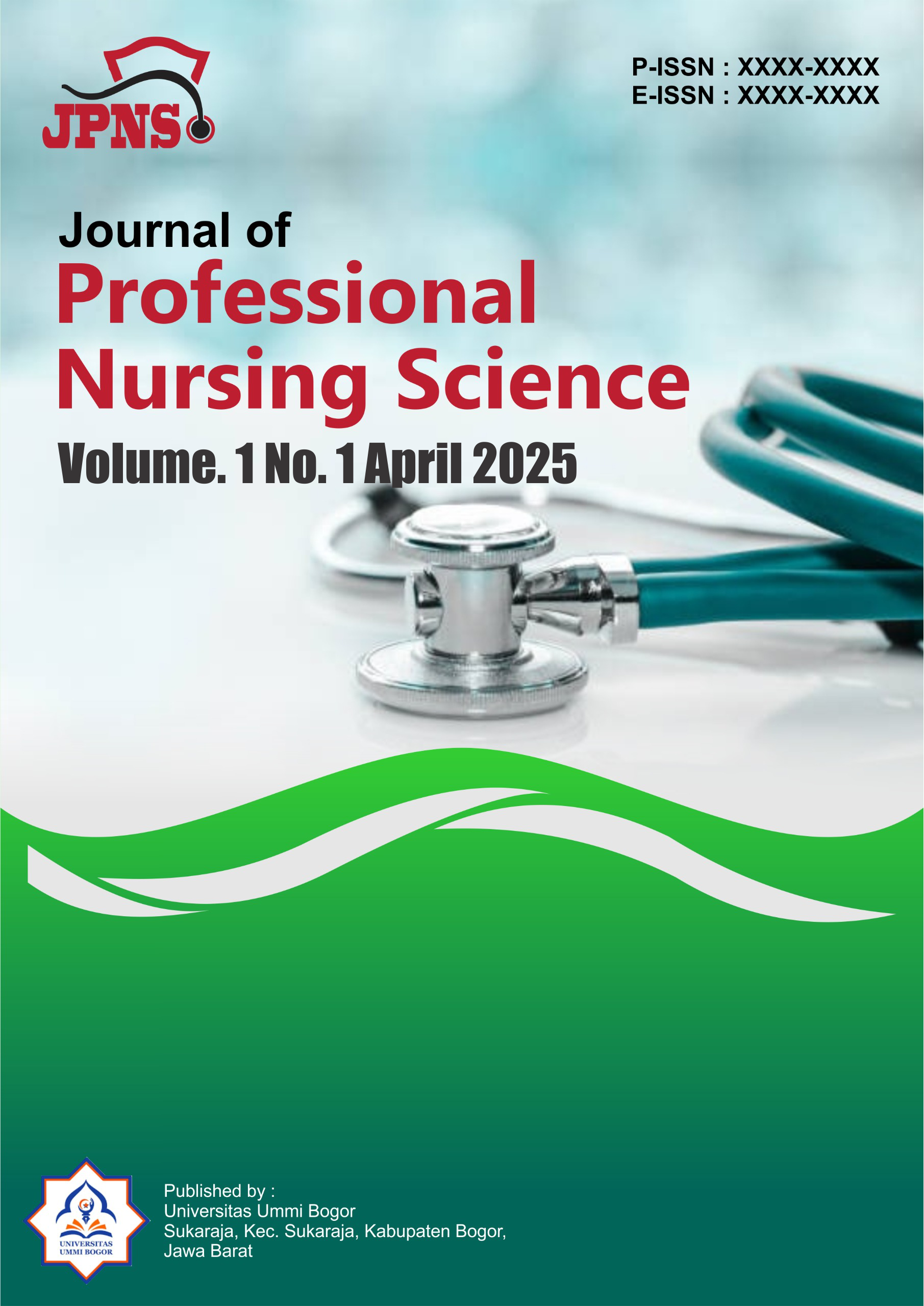Tata Laksana Selulitis (TALASE) di Fasilitas Kesehatan Rawat Jalan
Keywords:
Cellulitis, Circulation, Immunity, Skin IntegrityAbstract
Introduction: Cellulitis is an inflammation of the dermis and subcutaneous tissue with varying severity from mild to life-threatening because it can easily develop into sepsis. Cellulitis is characterized by erythema, swelling, high fever and pain. The causative factors include trauma (insect bites, scratches or post-surgery), immunosuppression, old age, diabetes, obesity and smoking. The most common bacterial agents are Staphylococcus aureus, Streptococcus group A, Escherichia coli and other anaerobic enterobacteria. Methods: This study uses a descriptive case report of a 53-year-old female patient with a diagnosis of cellulitis, an unstagable initial wound and complications of obesity, anemia and hepatitis B. Results and Discussion: Cellulitis Management (TALASE) consisting of handling immune deficits, circulation and skin integrity so that patients can recover according to the target time (Winner Scale) within 9 weeks. Recommendation: Cellulitis patients who were initially only able to be treated in hospitals, have been proven to be able to be treated in outpatient health facilities through collaboration in establishing the right diagnosis and treatment using "TALASE".
References
Björnsdóttir, S., Gottfredsson, M., Thórisdóttir, A. S., et al. (2005). Risk factors for acute cellulitis of the lower limb: A prospective case-control study. Clinical Infectious Diseases, 41(10), 1416-1422.
Corey, G. R., Good, S., Jiang, H., et al. (2015). Single-dose oritavancin versus 7-10 days of vancomycin in the treatment of gram-positive acute bacterial skin and skin structure infections: The SOLO II noninferiority study. Clinical Infectious Diseases, 60(2), 254-262.
Cranendonk, D. R., Lavrijsen, A. P. M., Prins, J. M., & Wiersinga, W. J. (2017). Cellulitis: Current insights into pathophysiology and clinical management. Netherlands Journal of Medicine, 75(9), 366-378.
Deri, E., Asrawati Sofyan, T. S. (2022). Cellulitis in the anterior tibia and posterior sinistra region. Faculty of Medicine, Tadulako University, 8(2), 132-137.
Drinka, P., Bonham, P., & Crnich, C. J. (2012). Swab culture of purulent skin infection to detect infection or colonization with antibiotic-resistant bacteria. Journal of the American Medical Directors Association, 13(1), 75-79.
Elraiyah, T., Domecq, J. P., Prutsky, G., Tsapas, A., Nabhan, M., Frykberg, R. G., Hasan, R., Firwana, B., Prokop, L. J., & Murad, M. H. (2016). A systematic review and meta-analysis of débridement methods for chronic diabetic foot ulcers. Journal of Vascular Surgery, 63(2), 37S-45S.e2. https://doi.org/10.1016/j.jvs.2015.10.002
Harreiter, J., & Kautzky-Willer, A. (2018). Sex and gender differences in prevention of type 2 diabetes. Frontiers in Endocrinology, 9(May), 1–15. https://doi.org/10.3389/fendo.2018.00220
Harries, R. L., Bosanquet, D. C., & Harding, K. G. (2016). Wound bed preparation: TIME for an update. International Wound Journal, 13, 8-14. https://doi.org/10.1111/iwj.12662
Kumar, S., van Popta, D., Rodrigues-Pinto, R., et al. (2015). Risk factors for wound infection in surgery for spinal metastasis. European Spine Journal, 24, 528-532.
Mitaart, A. F., & Pandaleke, H. E. J. (2014). Selulitis dengan ulkus varikosum. Jurnal Biomedik (JBM), 6(1), 60-64. https://doi.org/10.35790/jbm.6.1.2014.4165
Parizad, N., Hajimohammadi, K., & Goli, R. (2021). Surgical debridement, maggot therapy, negative pressure wound therapy, and silver foam dressing revive hope for patients with diabetic foot ulcer: A case report. International Journal of Surgery Case Reports, 82(April), 105931. https://doi.org/10.1016/j.ijscr.2021.1059
Reich-Schupke, S., Murmann, F., Altmeyer, P., & Stucker, M. (2009). Quality of life and patients’ view of compression therapy. International Angiology, 28(5), 385-393.
Saavedra, A., Weinberg, A. N., Swartz, M. N., & Johnson, R. A. (2012). Soft tissue infections: Erysipelas, cellulitis, gangrenous cellulitis, and myonecrosis. In K. Wolff, L. A. Goldsmith, S. I. Katz, B. A. Gilchrest, A. S. Paller, D. J. Leffel (Eds.), Fitzpatrick’s Dermatology in General Medicine (8th ed., pp. 1720-1731). New York: McGraw Hill.
Tucker, C. E., Lockwood, A. M., & Nguyen, N. H. (2014). Antibiotic dosing in obesity: The search for optimum dosing strategies. Clinical Obesity, 4, 287-295.





